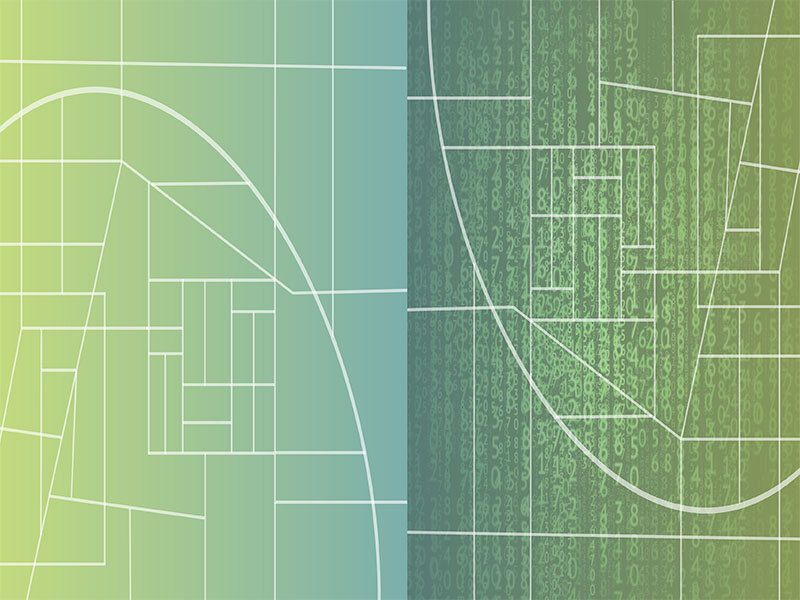Lubbeek smart region
22010
From 2022 to 2024
Lubbeek built a digital twin to simulate the impact of planned roadworks on traffic flows and road safety. TML enriched this digital twin with models for bicycle traffic safety.
A lot of major road infrastructure works are planned in the municipality of Lubbeek over the next few years. But how will this affect traffic flows? Which routes are prone to cut-through traffic? How can this be prevented? What measures are there to increase bicycle traffic safety?
In order to predict the impact of certain measures on traffic flow and safety as realistically as possible, the municipality wanted us to build a digital twin. This would allow them to compare many different scenario's in order to choose the best one.
Several partners joined forces to make the project possible. Cyclomedia used 360° images to accurately map the current road infrastructure. Rear Window extended the Telraam network in Lubbeek to obtain a complete picture of the number of cars, trucks, and cyclists driving through the streets. This information was used by Cegeka to build a digital twin on its Mobilize platform. Transport & Mobility Leuven enriched the digital twin with models for bicycle traffic safety. The city council and the Council for Mobility and Road Safety provided possible scenarios to be simulated. The mobility institute of UHasselt (IMOB) supported the interpretation of the results, as well as carrying out a traffic demand simulation. The entire project was coordinated by the autonomous provincial company VERA, which also shared knowledge with other local authorities.
This project was made possible thanks to (among other things) the financial support of the Smart Region programme of the province of Flemish Brabant.
A lot of major road infrastructure works are planned in the municipality of Lubbeek over the next few years. But how will this affect traffic flows? Which routes are prone to cut-through traffic? How can this be prevented? What measures are there to increase bicycle traffic safety?
In order to predict the impact of certain measures on traffic flow and safety as realistically as possible, the municipality wanted us to build a digital twin. This would allow them to compare many different scenario's in order to choose the best one.
Several partners joined forces to make the project possible. Cyclomedia used 360° images to accurately map the current road infrastructure. Rear Window extended the Telraam network in Lubbeek to obtain a complete picture of the number of cars, trucks, and cyclists driving through the streets. This information was used by Cegeka to build a digital twin on its Mobilize platform. Transport & Mobility Leuven enriched the digital twin with models for bicycle traffic safety. The city council and the Council for Mobility and Road Safety provided possible scenarios to be simulated. The mobility institute of UHasselt (IMOB) supported the interpretation of the results, as well as carrying out a traffic demand simulation. The entire project was coordinated by the autonomous provincial company VERA, which also shared knowledge with other local authorities.
This project was made possible thanks to (among other things) the financial support of the Smart Region programme of the province of Flemish Brabant.


